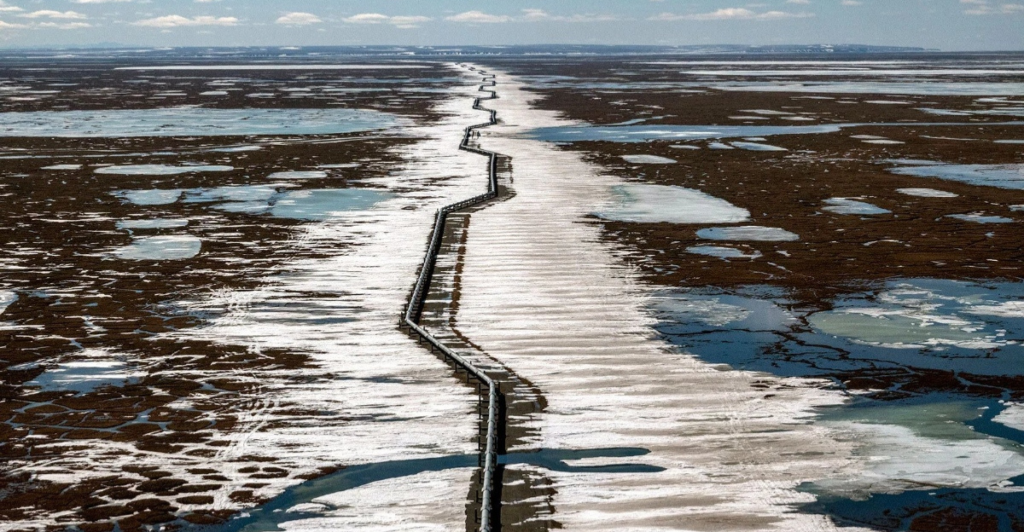
The new administration has taken significant steps to expand to oil and gas development in Alaska, a move which has sparked both support and controversy among Americans. U.S. Interior Secretary Doug Burgum announced plans to open vast areas of Alaska’s National Petroleum Reserve and Arctic National Wildlife Refuge (ANWR) available for oil and gas leasing as well as lifting restrictions on infrastructure projects such as the Ambler Road and Alaska Liquefied Natural Gas Pipeline. These actions, motivated by President Donald Trump’s executive order to remove restrictions on energy development, are meant to tap into Alaska’s untapped resources to boost national and local economies. However, the decision has raised concerns among environmental groups and indigenous communities, who fear the impact on wildlife and ecosystems in one of the world’s last pristine wilderness areas.
Expanding Leasing in the National Petroleum Reserve
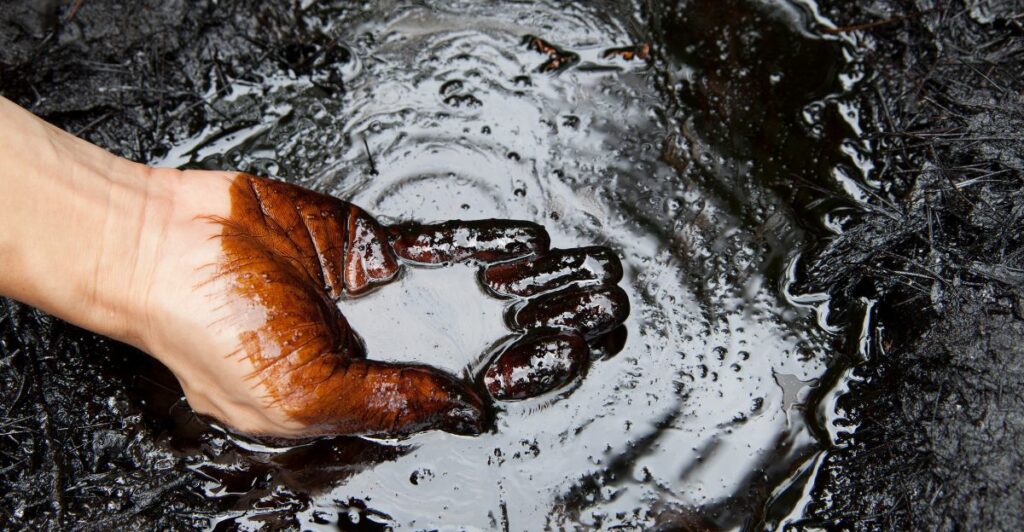
The Interior Department plans to reopen 82% of Alaska’s National Petroleum Reserve to oil and gas leasing. This vast region, which spans millions of acres, holds significant untapped energy resources. Secretary Burgum stated that unlocking these resources is the key to achieving energy independence and economic growth for the U.S.
Opening the Arctic National Wildlife Refuge
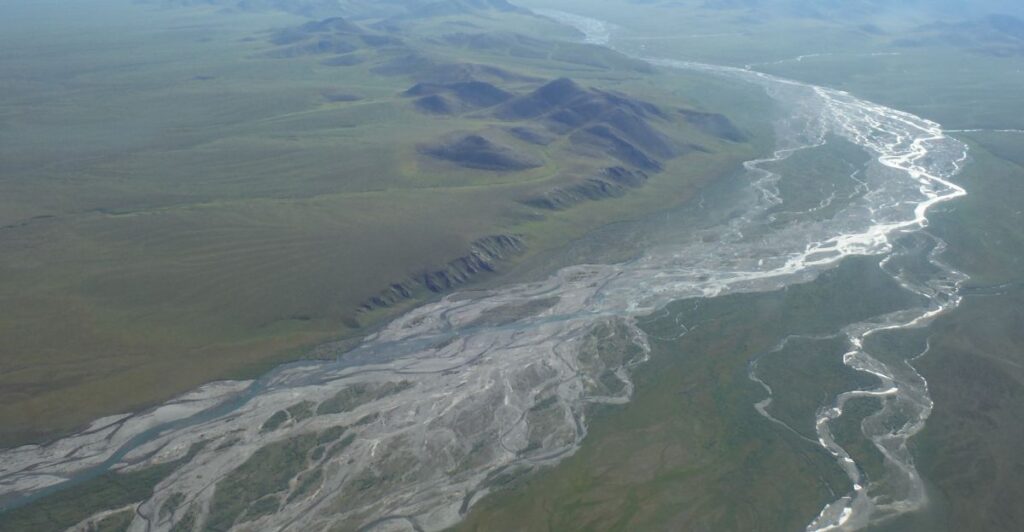
The administration also seeks to reopen the 1.56-million-acre Coastal Plain of the Arctic National Wildlife Refuge for leasing. This region — widely called the “crown jewel” of the U.S. wilderness, has been a contentious issue for decades, with proponents arguing it is ripe for economic development and others insisting it is too ecologically significant to touch.
Removing Restrictions on Infrastructure Projects
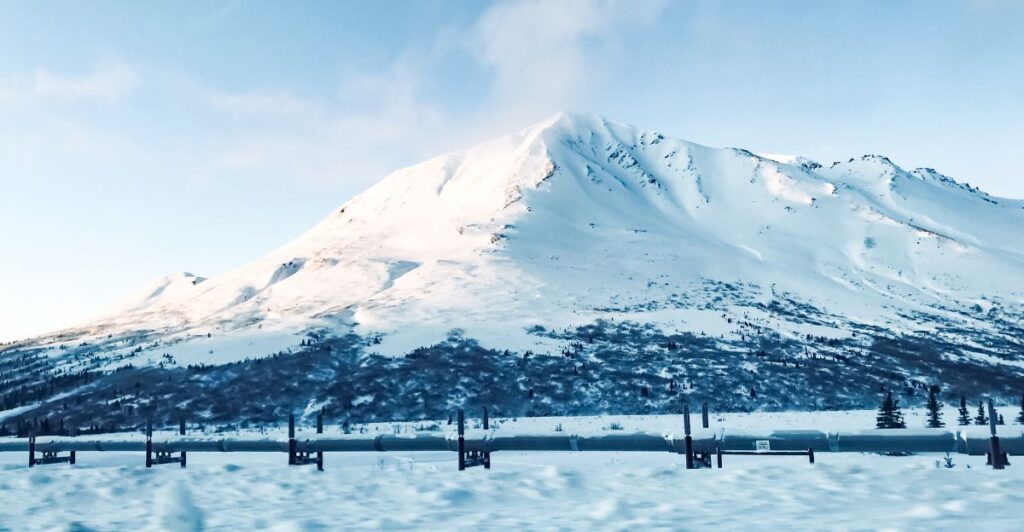
Restrictions on land along the Trans-Alaska Pipeline Corridor and Dalton Highway will be lifted, allowing for the construction of both the Ambler Road and Alaska Liquefied Natural Gas Pipeline. These projects are likely designed to aid in extracting and transporting resources, but critics warn about the environmental risks.
Economics Opportunities for Alaska
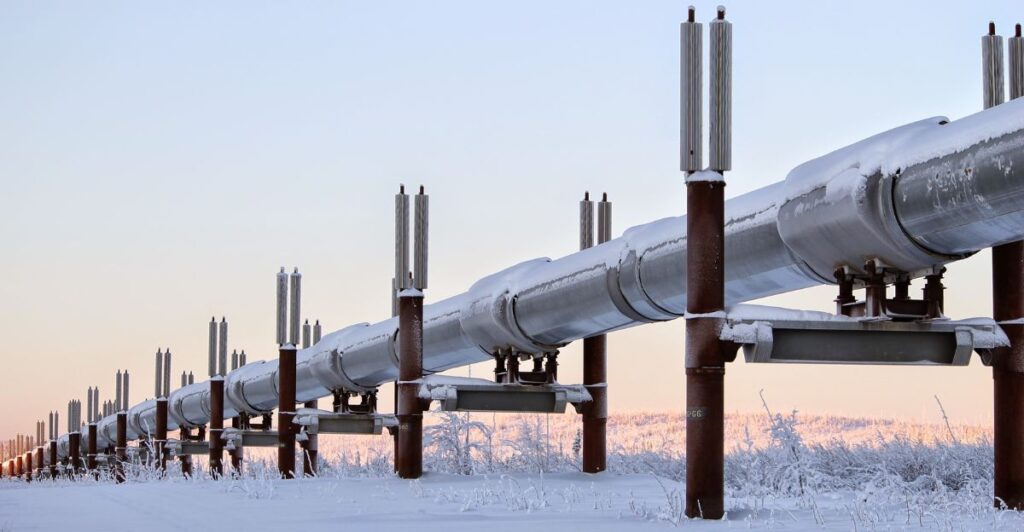
Proponents of the plan, which includes Alaska’s Republican Governor Mike Dunleavy and its congressional delegation, argue that opening up resource development will help create jobs and jumpstart the state’s economy. Indigenous groups such as the Kaktovik Iñupiat Corporation also welcomed the decision, saying changes were needed to allow local economic development.
Environmental Concerns
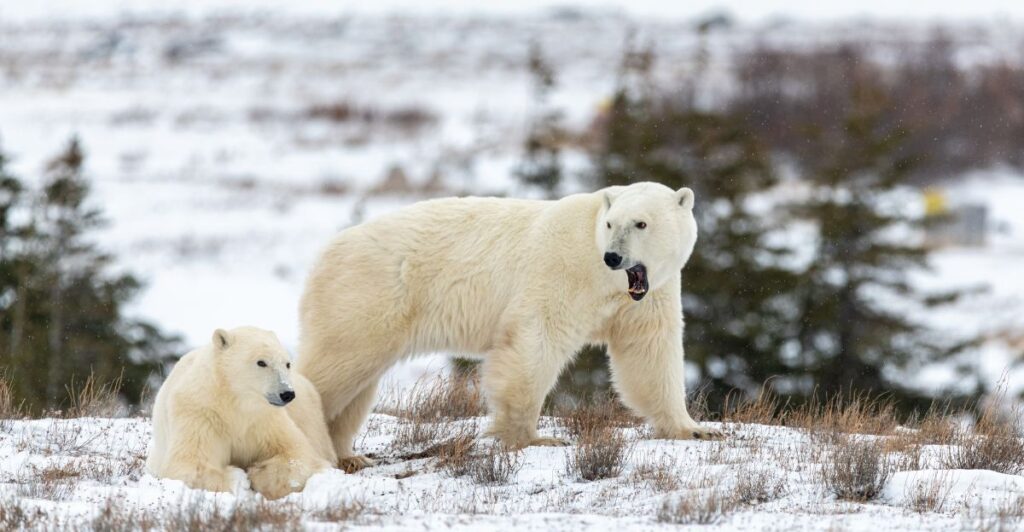
Environmental groups have condemned the move, arguing that increased drilling infrastructure development would endanger caribou, polar bears, and migratory birds. They argue that the Arctic’s fragile ecosystems are not ill-equipped to handle disruption from industrial operations.
Climate Impact
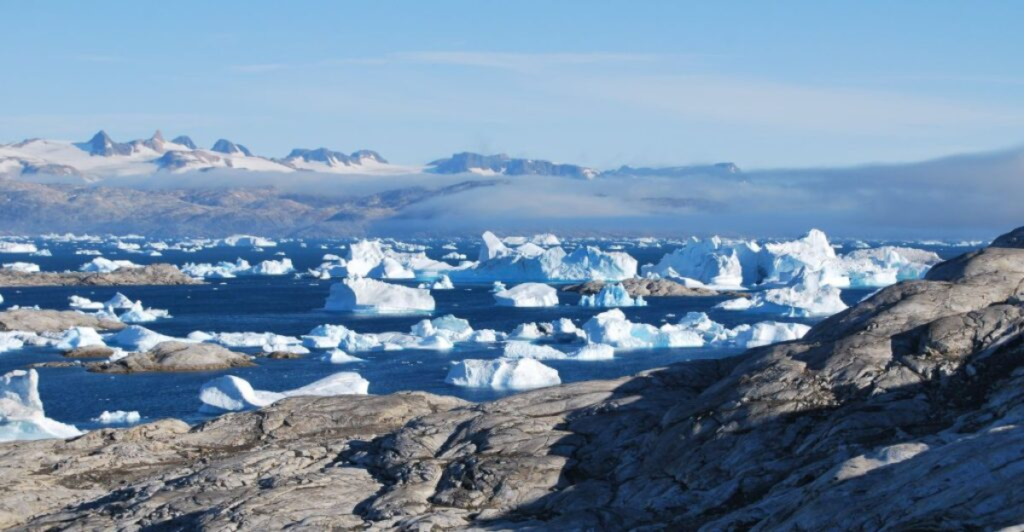
The expansion of oil and gas drilling in Alaska is also seen as a setback for climate action. Critics argue that the extraction and burning of fossil fuels from those regions will exacerbate global warming, thus undermining any efforts to reduce greenhouse gas emissions.
Industry Hesitation
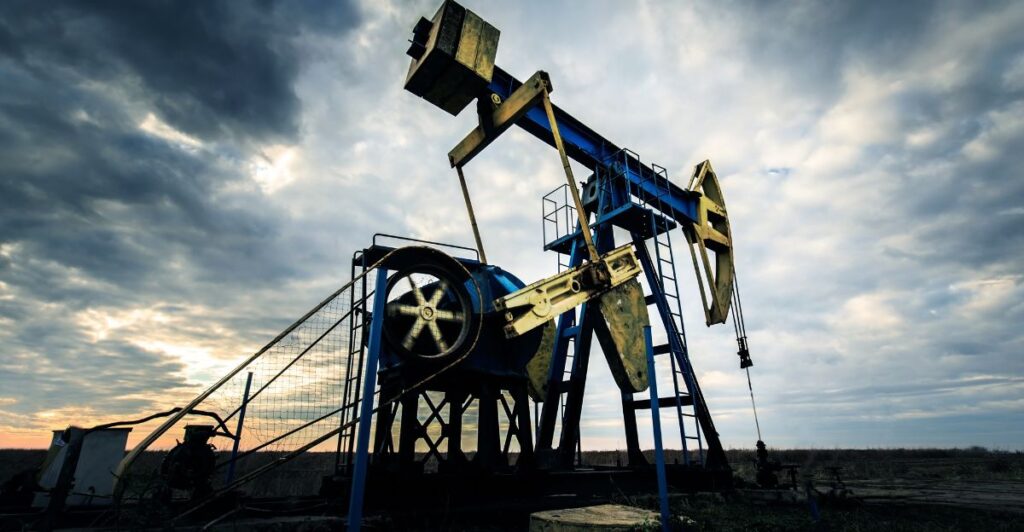
Despite the administration’s push, the oil industry has shown reluctance to invest in Alaska due to high risks and the possibility of future political shifts. A recent auction for oil leases in the Arctic Refuge under the Biden administration drew no bids, a testament to the industry’s cautious approach.
Indigenous Perspectives
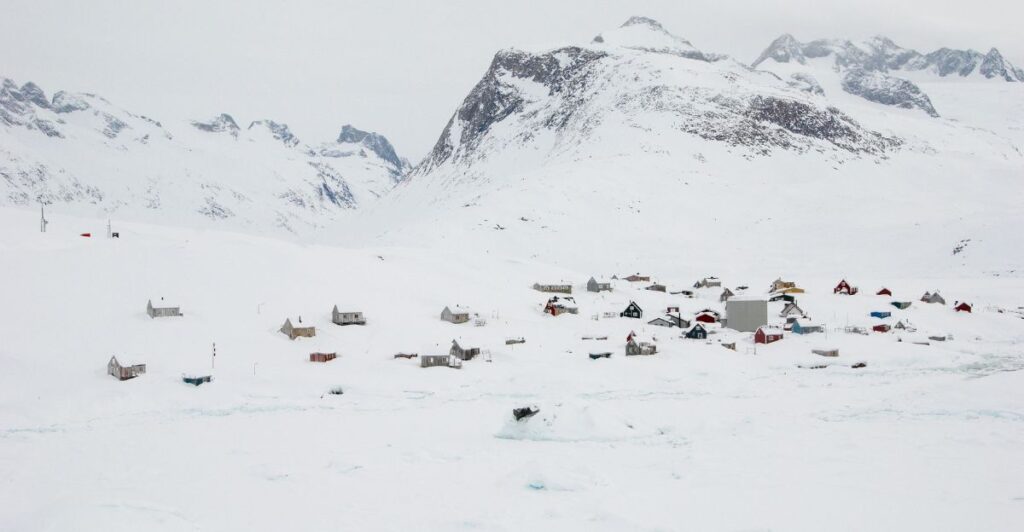
While some indigenous groups oppose the development, concerned about the impact on their lands and their traditional ways of life, others support it for economic reasons. The debate highlights the complex relationship between resource development and indigenous rights.
Political Divide

Resource development has been a contentious issue in Alaska for decades. Republican and Democratic administrations have focused on economic growth, while Democrats have focused on environmental conservation, creating a cyclical pattern of policy reversals.
Future Uncertainties
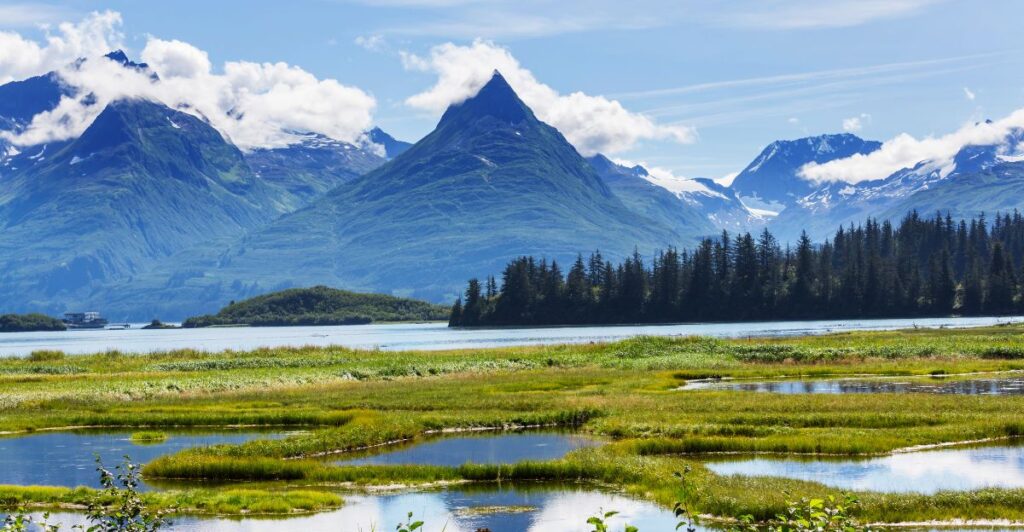
The long-term effects of these decisions remain uncertain. Depending on what happens politically, the future of Alaska’s wilderness and resource development hangs in the balance. Environmentalists and industry stakeholders alike are bracing for ongoing debates and legal challenges.
Explore more of our trending stories and hit Follow to keep them coming to your feed!

Don’t miss out on more stories like this! Hit the Follow button at the top of this article to stay updated with the latest news. Share your thoughts in the comments—we’d love to hear from you!







